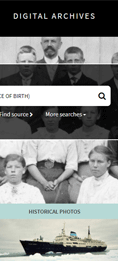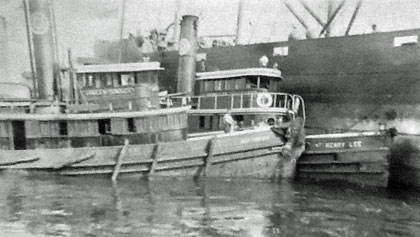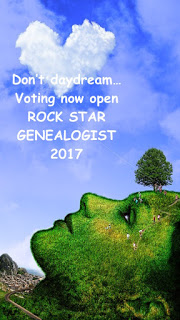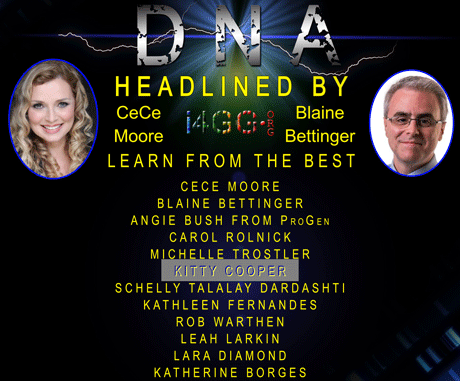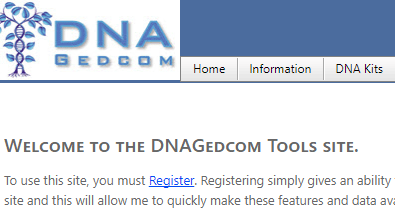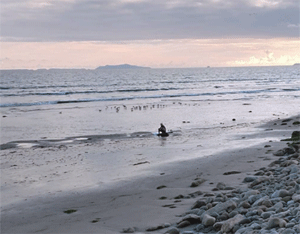 I am enjoying my little vacation on the beach, but there is so much news to report in the DNA world that I have put together a list with links to some of my favorite other bloggers’ reports.
I am enjoying my little vacation on the beach, but there is so much news to report in the DNA world that I have put together a list with links to some of my favorite other bloggers’ reports.
Holiday Sales have started
Every year most of the companies have sales during Thanksgiving week. 23andMe started theirs early, an incredible sale where you can get two kits for the price of one ($49 each) or just one kit for $69.
There are many things to like about 23andme, getting your haplogroups, receiving some health results, and learning your ethnicity by chromosome location as well as a more accurate ancestry overview than the other main companies (but not necessarily better than LivingDNA, see below). The down side is they have moved to the new illumina chip which is not very compatible with the other companies, see Debbie Kennet’s discussion of the new chip:
https://cruwys.blogspot.com/2017/08/23andme-launch-new-v5-chip-and-revise.html
While AncestryDNA is the leader for cousin matching, if you can afford a second test, do 23andMe while on sale, unless your ancestry is primarily British …
Those of British descent will prefer to do a LivingDNA test on sale at half their usual price, now comparable to the others at $99. What this test provides is an accurate breakdown of your ancestors’ locations within the British Isles, as well as your haplogroups which provide your deep maternal ancestry (as well as paternal for men).
LivingDNA announced their Holiday sale for Halloween but it appears to still be on. They are also now taking uploads of DNA results from other companies, but will have no resulting reports until August 2018. Additionally they are looking for people to test with four grandparents born within 50 miles of each other from specific countries.
UPDATE 6 Nov 2017: MyHeritage also just started a great holiday sale = 40% off until November 23 so only $59 for a DNA kit!
Family Tree DNA has a sale on the unlock of DNA results uploaded from elsewhere. Roberta’s blog covers this as well as a fix to the problems with ancestry DNA uploads. I can vouch for the latter, my newly found 3rd cousin used the fix successfully. https://dna-explained.com/2017/10/27/ftdna-unlock-sale-upload-fix-triangulation/
